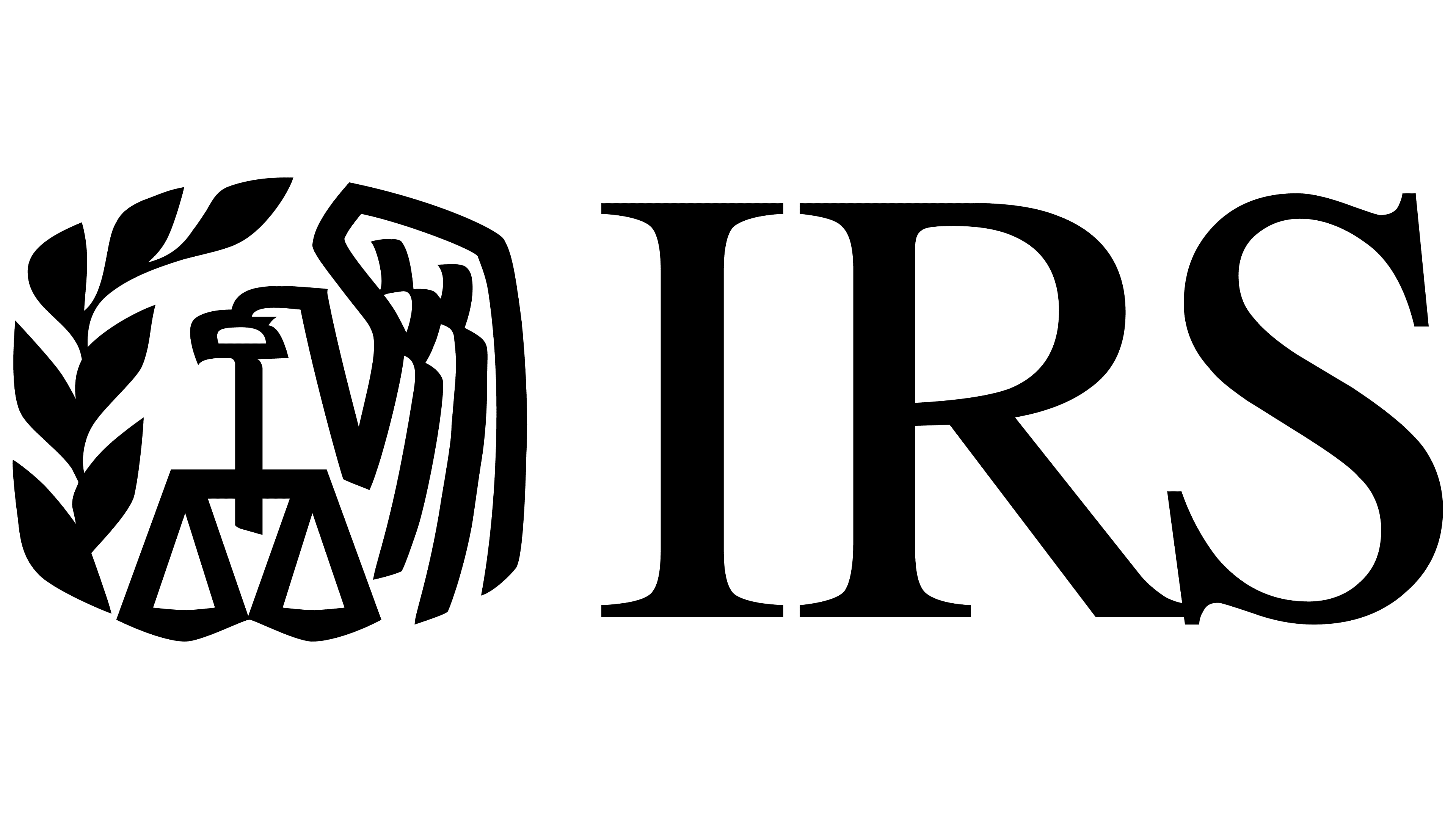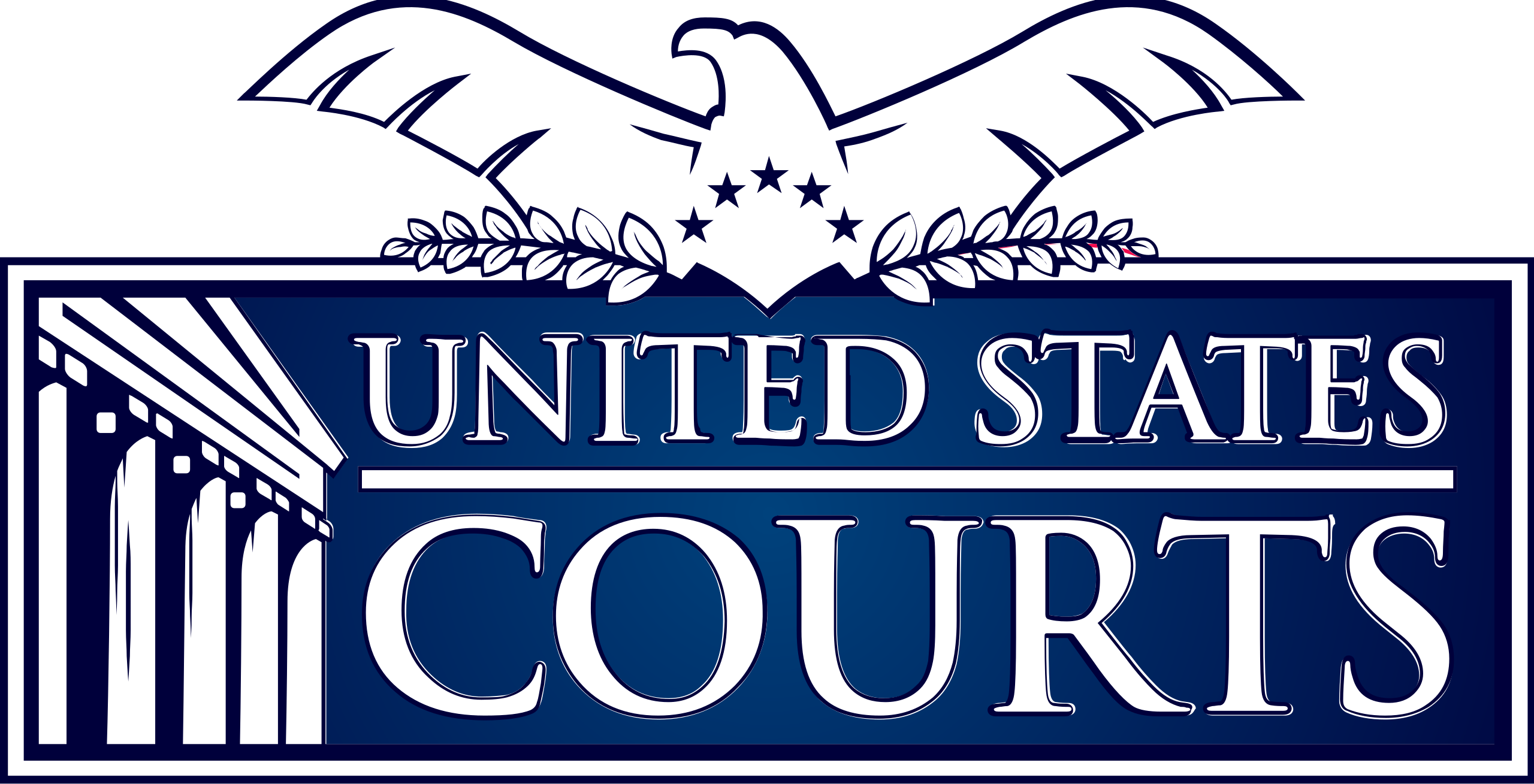






5-Star Service, Trusted & Loved by Hundreds
Your Appraiser Search Ends Here
Your Appraiser Search Ends Here
.avif)

Nationwide Coverage – Appraisals Anywhere in the US

Get it done Onsite or Online

Any Asset, Covered

Defensible for Any Purpose
At its core, a tax deduction represents an expense that can be subtracted from total income before calculating the final tax owed. These deductions come in various forms, each with specific qualifying criteria and implications for taxpayers. Key categories include personal expenses like mortgage interest and medical costs, business operational expenses, itemized deductions, and charitable contributions.
Personal deductions cover a wide range of expenses, from housing-related costs to healthcare expenditures. Business owners can offset their taxable income by deducting ordinary and necessary operational expenses such as rent, utilities, and supplies. Taxpayers also have the option to choose between taking a standard deduction or itemizing their expenses, depending on which approach provides the most financial benefit.
Charitable contributions offer another valuable avenue for tax deductions. Donations to qualified organizations not only support meaningful causes but also provide potential tax advantages. However, it's important to understand that deductions reduce taxable income, not the tax bill directly. For instance, a deduction in the 22% tax bracket would lower tax obligations by 22 cents for every dollar deducted.
Navigating tax deductions requires careful attention to evolving tax laws, eligibility requirements, and specific limitations. Tax regulations frequently change, making it essential for taxpayers to stay informed about current guidelines and potential opportunities for tax optimization.
Understanding and strategically applying tax deductions can significantly impact an individual's or business's financial health. While the process can be complex, these deductions represent a legitimate and valuable tool for managing tax responsibilities and potentially reducing overall tax burden.
A comprehensive appraisal provides more than just a number—it offers a detailed, defensible valuation that can withstand potential IRS scrutiny. Qualified appraisers conduct thorough assessments that consider market trends, asset condition, comparable sales, and specific nuanced factors unique to the item being valued.
For charitable donations, the IRS mandates precise documentation of non-cash contributions. A professional appraisal ensures that the claimed deduction reflects the true fair market value, potentially maximizing tax benefits while maintaining legal integrity. This becomes especially crucial for significant assets like real estate, artwork, collectibles, or business-related properties.
Beyond immediate tax advantages, a well-prepared appraisal provides critical protection during potential audits. The documented evaluation serves as authoritative evidence, offering clarity and substantiation for declared asset values. This can prevent costly disputes and provide peace of mind throughout the tax filing process.
Complex financial scenarios—including estate planning, business transactions, and significant asset transfers—particularly benefit from expert appraisal services. These evaluations offer a comprehensive understanding of asset values, ensuring accurate reporting and strategic financial planning.
Ultimately, a professional appraisal represents an investment in financial accuracy and compliance. By leveraging expert valuation services, taxpayers can confidently navigate the intricate landscape of tax deductions while protecting their financial interests.
The process involves a detailed forensic examination of the silver piece, where expert appraisers leverage deep knowledge to uncover intricate details about the item's provenance. Specialized techniques are employed to authenticate the piece's origin, including careful analysis of hallmarks, maker's stamps, and distinctive design elements that provide critical insights into its historical context.
Condition plays a pivotal role in determining value. Professional appraisers conduct meticulous inspections, examining every surface for signs of wear, potential restoration attempts, and structural integrity. They assess subtle nuances like patina development, manufacturing techniques, and preservation quality that can dramatically influence the item's market worth.
Market research forms another crucial component of the appraisal process. Appraisers conduct extensive comparative analyses, tracking recent auction results, collector trends, and current market demands to establish a precise and current valuation. This approach ensures that the assessment reflects not just the silver's intrinsic material value, but its broader collectible significance.
The ultimate goal of an antique silver appraisal extends beyond a simple monetary figure. It provides owners with comprehensive documentation that serves multiple purposes, from insurance documentation to estate planning, offering a definitive understanding of the item's historical and financial importance.
The virtual appraisal process typically involves clients providing high-resolution images from multiple angles, along with critical details about the item's provenance, markings, condition, and historical context. Advanced video conferencing platforms like Zoom or Skype enable real-time interactions, allowing appraisers to conduct interactive examinations and answer client questions immediately.
Professional online appraisals adhere to the Uniform Standards of Professional Appraisal Practice (USPAP), ensuring rigorous methodology and credible valuation regardless of assessment format. This approach eliminates geographical constraints, providing flexibility for clients located anywhere and streamlining the entire valuation experience.
While online appraisals offer remarkable convenience, they are most effective when clients provide extensive, clear documentation. Precise photographs, accurate measurements, and comprehensive background information are crucial for delivering an accurate assessment of an antique silver item's condition, authenticity, and market value.
Clients should understand that some complex or rare pieces might still require in-person examination to determine a definitive valuation. However, for many antique silver items, online appraisals represent an efficient, professional, and accessible method of understanding an item's worth.
General appraisers offer broad knowledge across multiple antique categories, capable of evaluating various silver items with a comprehensive but less specialized approach. Their versatility allows them to assess diverse silver pieces, though they may lack granular insights into rare or complex items.
Specialty appraisers represent a more focused category, concentrating on specific historical periods, cultural origins, or design styles. These experts possess deep, targeted knowledge about particular silver manufacturing eras, makers, or regional craftsmanship. Their expertise enables precise authenticity assessments and nuanced market value determinations.
Certified appraisers bring professional credentials from recognized institutions, demonstrating rigorous training and adherence to established ethical standards. Their qualifications make them particularly valuable for formal documentation requirements like insurance evaluations or estate planning.
Auction house appraisers leverage extensive market experience, providing real-time insights into current silver valuation trends. Their proximity to active market dynamics allows them to offer sophisticated pricing assessments based on contemporary collector interests and market demands.
Independent appraisers operate autonomously, offering customized services with flexible engagement models. Their professional independence allows for personalized approaches tailored to unique client requirements and specialized silver item assessments.
Online appraisers represent an emerging category, utilizing digital platforms to conduct remote evaluations. Through advanced photographic documentation and detailed item descriptions, these professionals provide convenient assessment options for clients unable to engage in traditional in-person consultations.
Each appraiser type contributes unique perspectives to silver valuation, enabling owners to find precisely matched expertise for their specific needs.
Insurance protection represents a critical motivation for professional assessment. A detailed appraisal ensures accurate coverage, preventing potential financial gaps in the event of loss, damage, or theft. Insurance providers rely on professional documentation to establish appropriate compensation levels.
Estate planning demands precise valuation of inherited silver pieces. A professional appraisal provides clear, objective documentation that can streamline inheritance processes, minimize potential family disputes, and establish a transparent framework for asset distribution.
Tax considerations make appraisals particularly valuable for those considering charitable donations. When donating antique silver items exceeding $5,000, a qualified professional appraisal becomes essential for substantiating value and maximizing potential tax deductions.
For collectors and sellers, an appraisal delivers a realistic market assessment. This knowledge empowers informed decision-making, whether preparing to sell at auction, negotiate with potential buyers, or understand the current market positioning of a specific piece.
Beyond monetary considerations, an appraisal unveils the historical narrative embedded within each silver item. Professional assessment reveals intricate details about craftsmanship, origin, and cultural significance, transforming an object from a mere possession to a meaningful artifact with its own unique story.
Understanding the multifaceted value of antique silver through professional appraisal enables owners to make informed, strategic decisions about preservation, insurance, potential sale, and long-term asset management.
Antique appraisals are quoted on a project-by-project basis. These appraisals can be completed with in-person and online methods; in-person appraisals will sometimes include travel fees, when applicable. For some projects, when necessary, the price can be determined ahead of time, in line with the specifications of the work.
What Makes Antique Silver Valuable for Tax Deductions?
Antique silver possesses a unique allure that extends beyond its historical significance, offering potential tax benefits for collectors and owners. Understanding the key factors that contribute to its value is essential for maximizing potential tax deductions.
Primary Factors Determining Antique Silver Value
Age and Historical Significance
- Items at least 100 years old typically receive higher appraisals
- Pieces with documented provenance increase in value
- Historical context and notable previous ownership can significantly impact worth
Craftsmanship and Maker's Authentication
- Renowned silversmiths dramatically influence valuation
- Specific maker's marks from prestigious creators like Tiffany & Co. enhance value
- Rare designs and unique patterns contribute to higher appraisals
Silver Content and Purity
- Silver purity directly impacts intrinsic value
- Sterling silver (92.5% pure) is a standard benchmark
- Market fluctuations in silver prices can affect overall valuation
Condition and Preservation
- Well-preserved pieces command higher appraisals
- Expert restoration can maintain or increase value
- Minimal wear and damage are critical considerations
Additional Value-Adding Features
- Custom engravings
- Unique design elements
- Original accompanying documentation
Importance of Professional Appraisal
Obtaining a comprehensive appraisal from a qualified specialist in antique silver is crucial. Professional documentation ensures accurate valuation for various purposes, including:
- Charitable donation deductions
- Estate planning
- Insurance documentation
- Potential sale or inheritance considerations
A meticulous and professional appraisal allows owners to fully understand and leverage the true value of their antique silver collection for potential tax benefits.
Key Factors Determining the Worth of Your Silver Collection
Key Factors Impacting Antique Silver Valuation
Understanding the critical elements that determine the value of your antique silver collection is essential for accurate tax deduction assessment. These factors go beyond simple monetary calculation and require a nuanced approach to evaluation.
1. Silver Content and Purity
- Purity is a fundamental value determinant
- Look for hallmarks indicating silver content:
- Sterling silver: 92.5% pure silver
- Coin silver: 90% pure silver
- Higher silver content typically correlates with increased value
2. Maker's Marks and Provenance
- Manufacturer reputation significantly impacts valuation
- Renowned silversmiths can dramatically increase an item's worth
- Research the origin and historical context of maker's marks
- Documented ownership history adds substantial value
3. Historical Significance
- Pieces connected to specific historical events or periods are more valuable
- Unique backstories enhance collectible appeal
- Documented provenance provides authenticity and increases potential value
4. Condition and Age Considerations
- Age alone does not guarantee high value
- Condition is equally crucial in determining worth
- Preservation factors to consider:
- Minimal wear and damage
- Original finish intact
- Professional restoration documentation
5. Aesthetic Design and Craftsmanship
- Intricate designs command higher prices
- Style periods that influence value:
- Art Nouveau
- Arts and Crafts
- Victorian era designs
- Unique craftsmanship attracts serious collectors
6. Current Market Dynamics
- Collectible values fluctuate with market demand
- Stay informed about:
- Recent auction results
- Collector trends
- Current market interest
By carefully evaluating these interconnected factors, collectors can develop a comprehensive understanding of their antique silver's true value, ensuring accurate assessment for tax deduction purposes.
Navigating the Antique Silver Appraisal Landscape
Understanding Antique Silver Appraisals for Tax Purposes
Antique silver represents a unique asset with potential tax implications that require careful navigation. Defined as items crafted before 1840, these pieces can hold substantial historical and monetary value when properly evaluated.
Key Considerations for Effective Appraisals
- Professional Expertise: Engage a qualified appraiser specialized in antique silver with certifications from reputable professional organizations
- Comprehensive Evaluation: Seek a thorough assessment that considers multiple value-determining factors
- Detailed Documentation: Ensure a comprehensive valuation report that meets tax authority requirements
The Appraisal Process Breakdown
- Initial Examination
- Assess craftsmanship quality
- Identify historical significance
- Verify maker's marks
- Evaluate overall condition
- Extensive Research
- Review recent auction records
- Analyze current market trends
- Compare similar historical pieces
- Comprehensive Reporting
- Prepare detailed valuation document
- Include professional assessment and market context
- Provide clear market value determination
Strategic Timing Considerations
Optimal appraisal timing can significantly impact your potential tax benefits. Consider obtaining an appraisal:
- Before donating items
- Prior to potential sale
- When market conditions are favorable
Important Tax Compliance Recommendations
Stay informed about evolving tax regulations and maintain meticulous records. A professional, well-documented appraisal serves as critical evidence supporting your tax reporting and potential deductions.
By understanding the nuanced landscape of antique silver appraisals, collectors and owners can effectively leverage their assets while maintaining strict adherence to tax guidelines.
Essential Documentation for Tax Deduction Success
When claiming tax deductions for antique silver items, comprehensive documentation is paramount. Proper documentation supports your claims and ensures compliance with IRS guidelines for charitable contributions and itemized deductions.
Critical Documentation for Tax Deduction Verification
- Professional Appraisal Report
A detailed appraisal from a qualified professional is essential. The report should comprehensively outline:
- Precise item condition
- Complete provenance
- Accurate fair market value
- Compliance with current industry appraisal standards
- Ownership and Acquisition Documentation
Substantiate the origin and value of your antique silver through:
- Original purchase receipts
- Inheritance documentation
- Proof of familial ownership
- Comprehensive Visual Documentation
High-quality photographs should capture:
- Detailed item features
- Unique markings
- Condition specifics
- Any notable imperfections
- Historical Condition Documentation
Include any available:
- Previous condition reports
- Restoration documentation
- Modification records
- Charitable Contribution Verification
For donated items, secure:
- Written acknowledgment from charitable organization
- Donation date
- Detailed item description
Strategic Documentation Preparation
Meticulously assembling these documents significantly strengthens your tax deduction strategy. This comprehensive approach not only validates your claims but maximizes the potential tax benefits of your antique silver collection.
Pro Tip: Always consult with a tax professional to ensure full compliance and optimal documentation strategy.
Understanding the Professional Appraisal Process
Understanding the Professional Appraisal Process for Antique Silver
When seeking a tax deduction for antique silver, navigating the professional appraisal process is essential. A comprehensive appraisal not only determines the value of your silver but also creates critical documentation for tax purposes.
Selecting a Qualified Appraiser
Choosing the right professional is the foundation of a successful appraisal. Key considerations include:
- Credentials from recognized professional organizations
- Specialized expertise in antique silver
- Extensive knowledge of current market trends
- Ability to accurately assess collectible items
Comprehensive Appraisal Inspection
A professional appraisal involves a meticulous examination of your antique silver, focusing on several critical factors:
- Item Authenticity
- Identifying maker's marks
- Verifying origin and timestamp
- Examining hallmarks and stamps
- Condition Assessment
- Evaluating overall preservation
- Identifying potential restoration work
- Noting any damage or wear
- Rarity Determination
- Comparing to similar pieces
- Assessing historical significance
- Understanding market demand
Documentation and Valuation Process
The appraisal generates comprehensive documentation critical for tax purposes:
- Detailed photographic evidence
- Extensive written descriptions
- Precise valuation methodology
- Market research and comparative analysis
Formal Appraisal Report
The final report is a crucial document that:
- Provides a definitive estimated value
- Explains valuation methodology
- Meets IRS requirements for tax deductions
- Establishes provenance
A professional appraisal offers more than just a monetary assessment—it provides authoritative documentation and peace of mind when pursuing tax deductions for your antique silver collection.
Red Flags: Common Mistakes in Silver Valuation
Common Mistakes in Silver Valuation That Can Cost You
Understanding potential pitfalls in antique silver appraisal can mean the difference between receiving a fair valuation and losing out on substantial tax benefits or insurance claims.
Key Red Flags to Watch For
- Underestimating Condition Impact
The condition of silver items critically affects their value. Even minor imperfections can significantly diminish market worth:
- Scratches
- Dents
- Tarnish
- Restoration marks
- Ignoring Market Dynamics
Silver market values fluctuate based on complex factors:
- Current demand
- Economic conditions
- Supply chain variations
- Collector interest
- Overvaluing Sentimental Attachment
Emotional connections can cloud objective valuation. Professional appraisers must focus on:
- Objective market data
- Comparable sales
- Verifiable historical pricing
- Neglecting Provenance Research
Critical details that impact valuation include:
- Item's historical background
- Original manufacturer
- Craftsmanship quality
- Unique identifying markers
- Selecting Unqualified Appraisers
Choosing an inexperienced appraiser can lead to:
- Significant valuation errors
- Potential financial losses
- Inaccurate tax documentation
Approaching silver appraisal with meticulous attention to detail ensures accurate valuation, protecting your financial interests and maximizing potential tax benefits.
Decoding Your Antique Silver Appraisal Report
Understanding your antique silver appraisal report is a critical step in effectively managing and leveraging the value of your cherished items, particularly when considering tax deductions. A professional appraisal report provides a comprehensive analysis of your antique silver's worth through multiple strategic evaluations.
Key Components of Your Appraisal Report
- Detailed Item Description: Includes comprehensive information about the piece, such as:
- Age of the silver item
- Maker's marks and origin
- Specific pattern identification
- Unique identifying characteristics
- Condition Assessment: A thorough evaluation of the silver's physical condition, examining:
- Degree of tarnishing
- Evidence of repairs
- Overall wear and preservation
- Impact on collectability and value
- Market Value Analysis: Incorporates current market trends and:
- Recent comparable sales data
- Current collector interest
- Potential value fluctuations
- Historical pricing context
Purpose of the Appraisal Report
Your appraisal report serves multiple critical functions beyond tax documentation, including:
- Estate planning documentation
- Insurance coverage verification
- Potential sales preparation
- Establishing credible asset valuation
Maintaining Your Appraisal Documentation
- Store the original report in a secure, fireproof location
- Create digital backup copies
- Keep the report easily accessible for tax preparation
- Update the appraisal periodically to reflect current market values
By carefully understanding and preserving your antique silver appraisal report, you gain valuable insights into your asset's worth and maintain critical documentation for financial and legal purposes.
Strategic Tax Planning with Antique Silver Assets
Strategic tax planning requires a nuanced understanding of asset valuation, particularly for unique and potentially appreciating items like antique silver. These distinctive pieces transcend mere sentimental value, representing significant financial assets that can strategically impact your tax planning approach.
The Critical Role of Professional Appraisal
A professional appraisal serves as the cornerstone of effective tax strategy for antique silver assets. By providing documented fair market value, these assessments enable precise financial reporting and support potential tax-related claims.
Strategic Appraisal Scenarios
- Estate Tax Valuation: Comprehensive documentation of inherited silver items ensures accurate estate tax calculations and smooth transfer of assets.
- Charitable Donation Documentation: Formal appraisals validate the current market value of donated antique silver, substantiating potential tax deductions.
- Insurance Protection: Updated appraisals reflect current market worth, enabling appropriate insurance coverage and financial protection.
Navigating Tax Compliance
Detailed appraisals offer multiple strategic advantages:
- Justify potential tax deductions
- Ensure regulatory compliance
- Mitigate risk of potential IRS audits
Key Considerations for Valuation
Professional appraisers assess multiple factors including:
- Item condition
- Historical significance
- Current market trends
- Provenance and authenticity
For optimal results, engage certified appraisers specializing in antique silver, who can provide nuanced, comprehensive valuations that support your broader financial strategy.
Choosing the Right Appraiser: Expert Insights
Key Considerations for Selecting an Antique Silver Appraiser
Choosing the right appraiser for antique silver is a critical step in obtaining an accurate valuation for tax deduction purposes. Here are essential factors to guide your selection:
Qualifications and Professional Credentials
- Seek appraisers with specialized designations from recognized professional organizations
- Look for credentials from:
- American Society of Appraisers
- International Society of Appraisers
- Verify that credentials indicate comprehensive training and ethical standards
Specialized Experience in Antique Silver
- Prioritize appraisers with extensive specific experience in antique silver
- Evaluate their expertise in:
- Identifying unique hallmarks
- Assessing historical significance
- Determining piece rarity
- Request information about their previous antique silver appraisal portfolio
Comprehensive Appraisal Methodology
- Ensure the appraiser provides a detailed, documented valuation
- Expect a comprehensive report that includes:
- Thorough piece analysis
- Current market trends
- Comparable sales data
- Verify the appraisal will withstand potential tax authority scrutiny
Communication and Professional Rapport
- Select an appraiser who demonstrates:
- Clear communication skills
- Willingness to answer questions
- Ability to explain complex valuation details
- Ensure you feel comfortable with their professional approach
Additional Verification
- Research independent client reviews and testimonials
- Confirm the appraiser's professional reputation
- Consider seeking recommendations from trusted sources
By carefully evaluating these critical factors, you can confidently select an appraiser who will provide an accurate and reliable valuation of your antique silver for tax deduction purposes.
Maximizing Your Tax Benefits: A Comprehensive Guide
Claiming tax deductions for valuable assets like antique silver requires a strategic and informed approach. The IRS provides opportunities for taxpayers to deduct charitable contributions of appreciated assets, but navigating this process demands careful preparation and expertise.
Key Considerations for Antique Silver Appraisals
Selecting a Qualified Appraiser
Choosing the right professional is critical to maximizing your tax benefits. Look for an appraiser who specializes in:
- Extensive knowledge of antique silver
- Recognized credentials in valuation
- Experience with market trends
- Ability to provide comprehensive documentation
Comprehensive Valuation Factors
A professional appraisal goes beyond simple price assessment. Expert appraisers consider multiple elements that impact value:
- Rarity of the piece
- Historical significance
- Overall condition
- Current market demand
- Provenance and authenticity
Documentation and Reporting
Proper documentation is crucial for tax purposes. A comprehensive appraisal report should include:
- Detailed written description
- High-quality photographs
- Appraiser's professional credentials
- Precise fair market value calculation
- Detailed condition assessment
Timing and Market Considerations
Strategically timing your appraisal can significantly impact potential tax deductions. Consider appraising during:
- Peak auction seasons
- Periods of heightened collector interest
- Stable market conditions
Understanding IRS Regulations
Navigating tax deduction requirements demands careful attention to IRS guidelines. Key considerations include:
- Understanding contribution limits
- Identifying required documentation
- Knowing specific filing requirements
- Maintaining accurate and complete records
By approaching your antique silver appraisal methodically, you can optimize potential tax benefits while ensuring compliance with tax regulations.
BEST-IN-CLASS APPRAISERS, CREDENTIALED BY:















